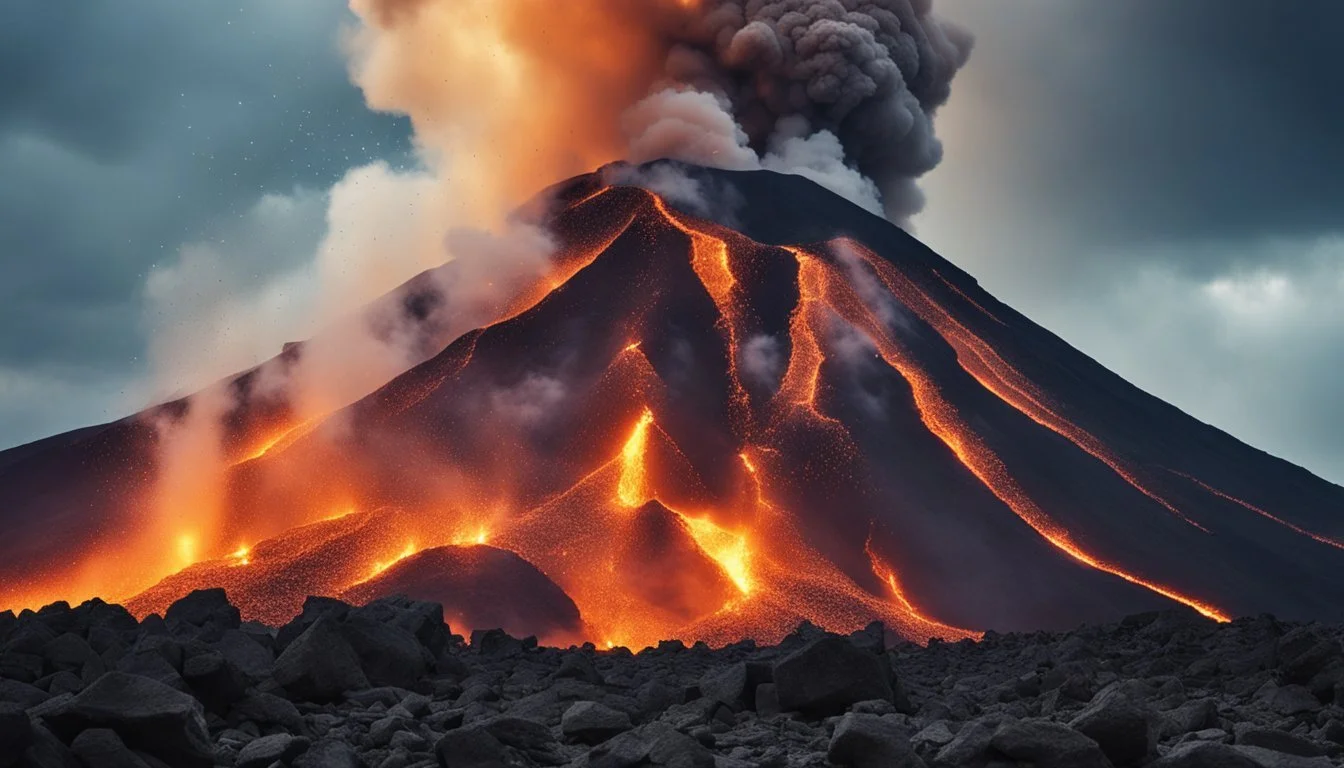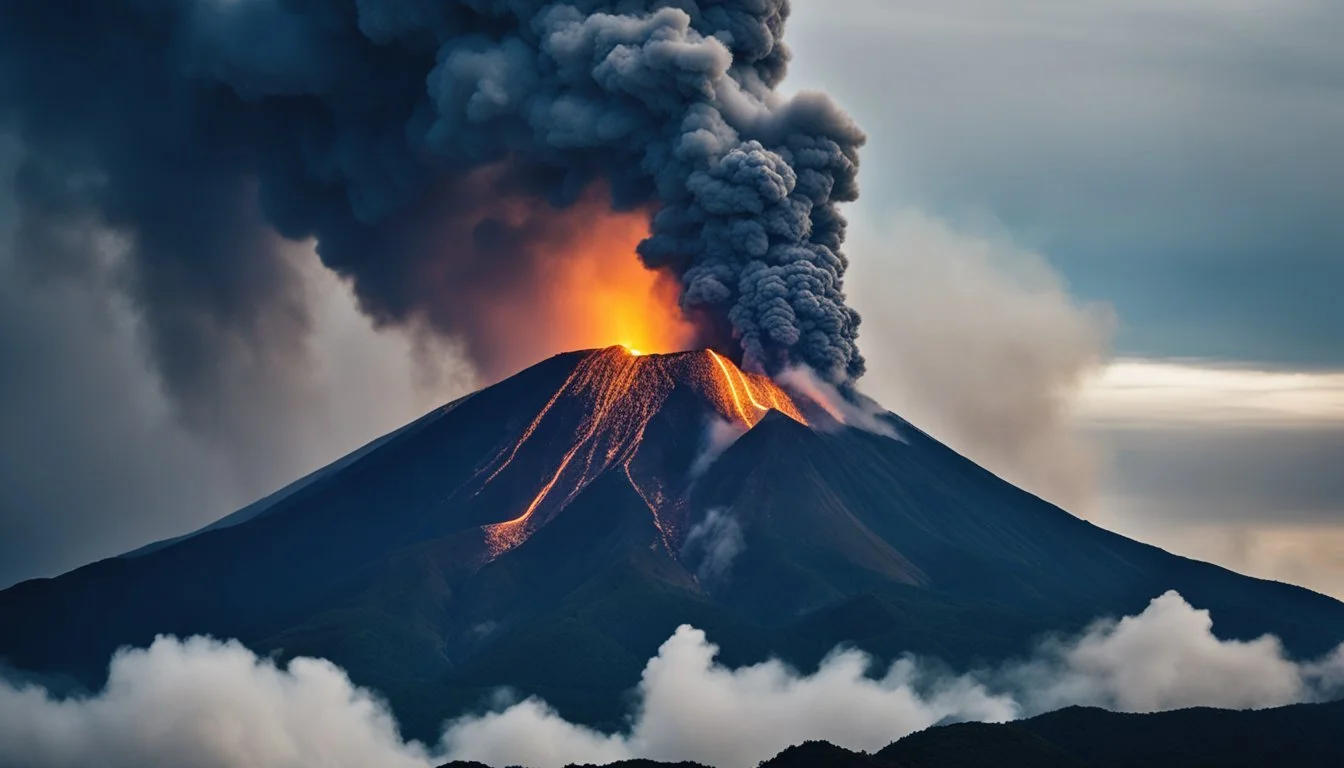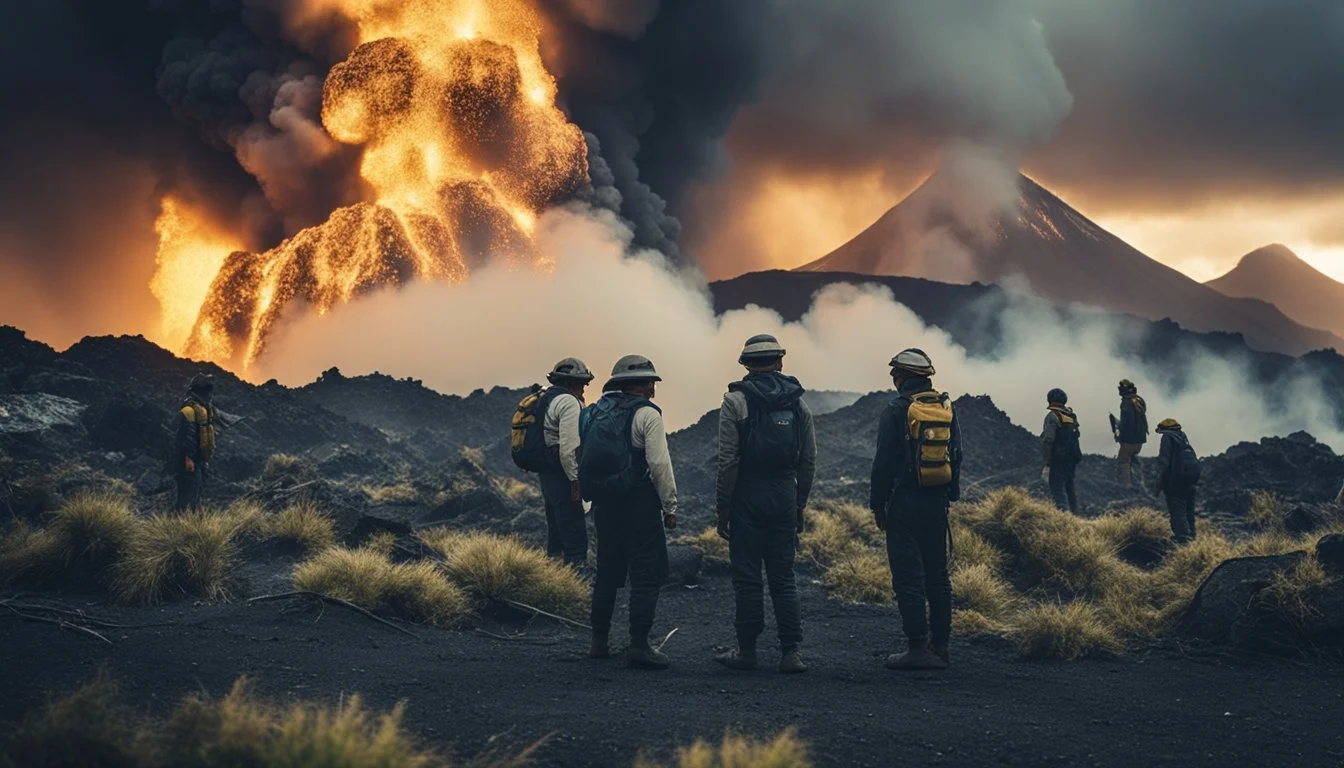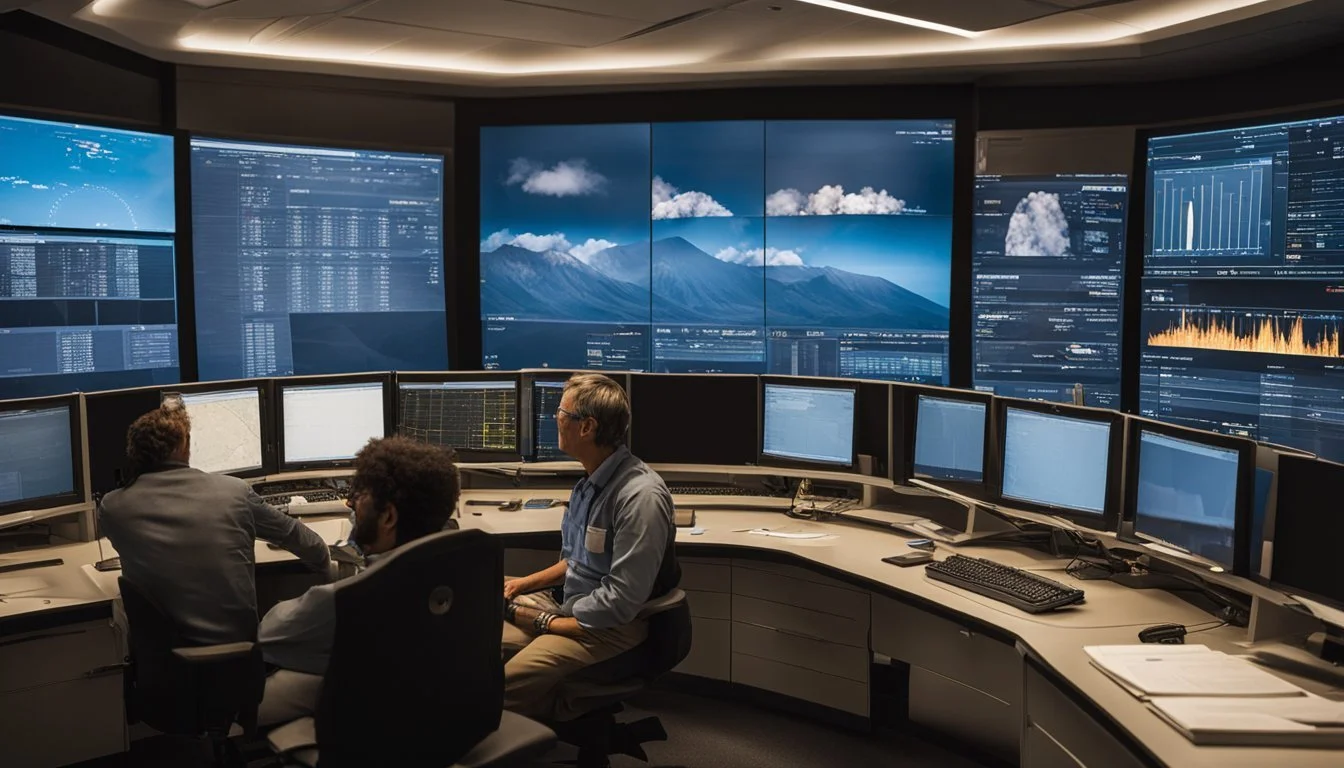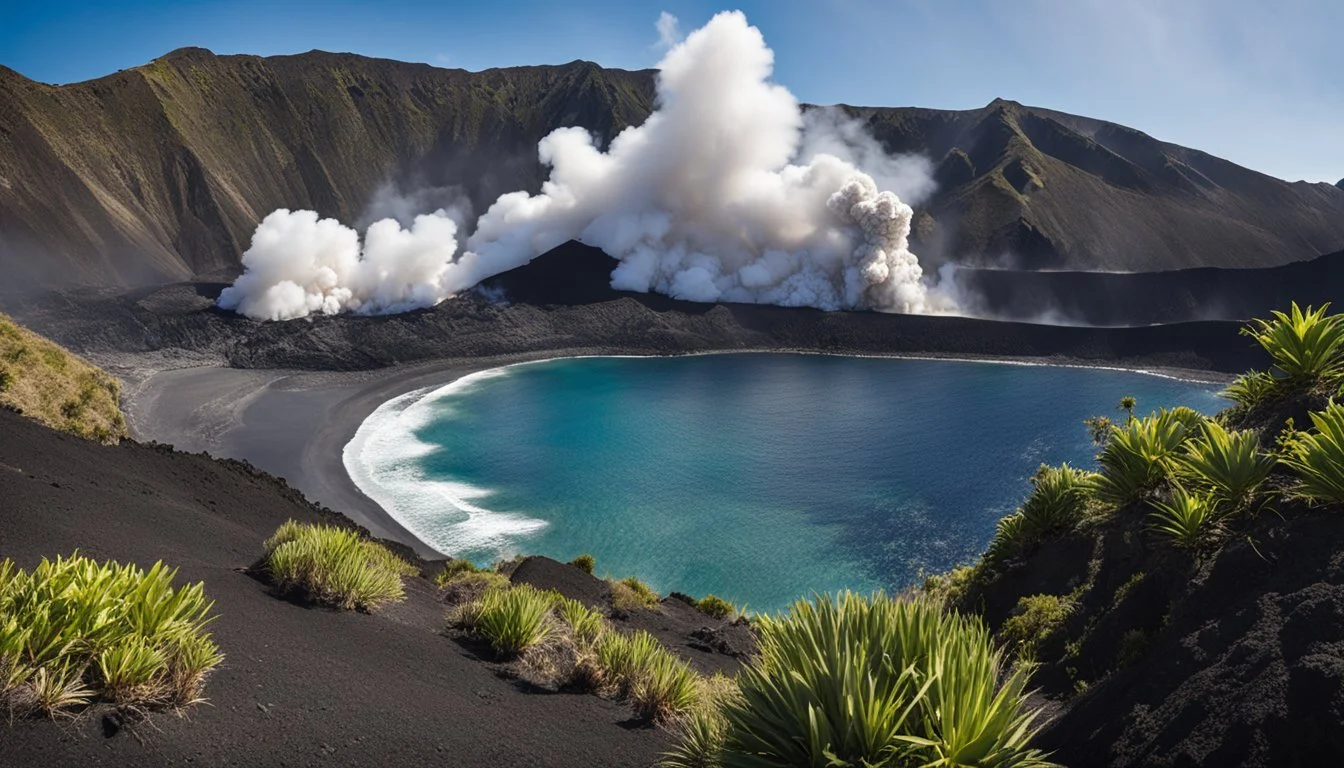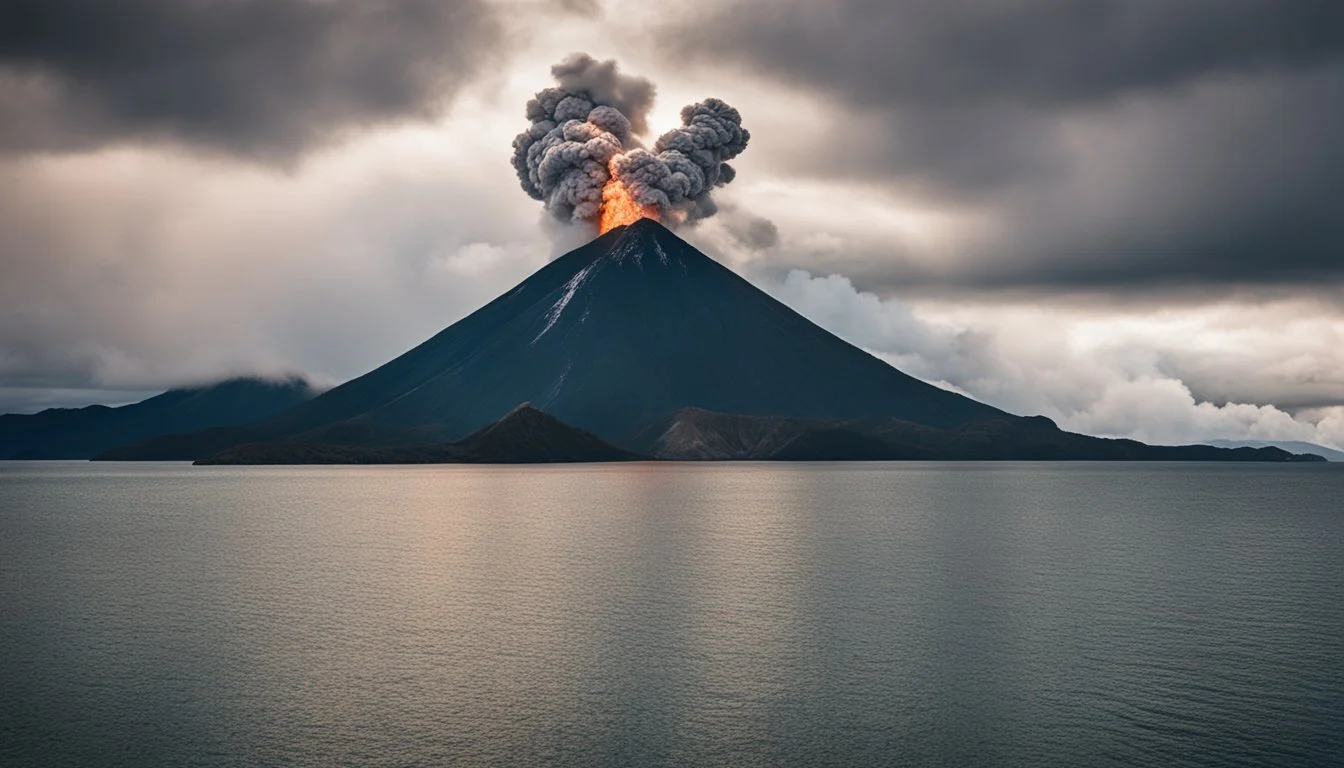The Volcano (1965) Review
Rescue From Whakaari 2022 – A Gripping Retrospective
In 2022, the world was captivated by the release of the gripping documentary, "The Volcano: Rescue From Whakaari." So, where is Whakaari located? The film chronicles the harrowing tale of those affected by the sudden eruption of Whakaari, or White Island, New Zealand's most active volcano, about 160 miles SE of Auckland. The documentary delves deep into the human spirit's resilience in the face of catastrophe with stunning cinematography and powerful testimonials.
The film emphasizes not only the immense power of nature but also the incredible efforts of the first responders, volunteers, and local communities who came together to save lives during this tragic event. Audiences are given an insider's perspective on the challenging decisions faced by the rescue teams under enormous pressure as they raced against time to save as many people as possible.
Through its intimate storytelling approach, "The Volcano: Rescue From Whakaari 2022" sheds light on the courage, determination, and strength displayed by those impacted by the disaster. This documentary serves as both a tribute to the survivors and a poignant reminder of the ever-present risks associated with living in the shadow of active volcanoes.
Origins and Background of Whakaari
Whakaari, also known as White Island, is an active stratovolcano located in the Bay of Plenty, New Zealand. It is a popular tourist destination due to its unique geological formations, and has a long history of eruptions.
Geological Formations
Whakaari is known for its striking and diverse geological features. The island is primarily composed of andesite and dacite lavas, which create a mix of rugged terrain and smooth surfaces. Steam vents, fumaroles, and geothermal springs can be found throughout the island, which provide evidence of its volcanic activity.
Some key geological formations on Whakaari include:
Crater Lake: A highly acidic lake with vibrant colors, it is situated at the center of the main crater.
Sulfur Deposits: Yellow sulfur crystals can be found on the island, usually around fumaroles and geothermal springs.
Lava Bomb Fields: Areas on the island are covered with large, spherical lava bombs – volcanic rock fragments ejected during eruptions.
Historical Eruptions
Whakaari has a long history of volcanic activity, with records showing numerous eruptions over the past few centuries. Some significant eruptions include:
1826 Eruption: One of the earliest documented eruptions, it produced ash and steam columns visible from the mainland.
1914 Eruption: A devastating eruption that caused a landslide on the island, killing ten sulphur miners working on the site.
2016 Eruption: An eruption that sent ash plumes up to 3.5 kilometers and was captured on video by researchers monitoring the island.
The most recent and tragic eruption occurred in December 2019, when at least 22 visitors lost their lives and many others were injured. The 2019 eruption served as a reminder of the inherent risks associated with visiting active volcanic sites like Whakaari, and has sparked ongoing discussions around safety and tourism.
The 2022 Eruption
Chronology of Events
On the fateful day of the eruption, Whakaari, also known as White Island, experienced a sudden and violent volcanic event. The explosion occurred at approximately 13:45 local time, catching visitors and nearby residents off-guard.
As soon as the eruption happened, emergency services were dispatched to the area. Authorities initially struggled to assess the situation due to the heavy ash cloud produced by the eruption. However, within a short period, rescue operations were underway.
Impact and Aftermath
The Whakaari eruption caused significant damage to both natural and man-made structures. The impact was felt not only on the island itself but also in the surrounding coastal area. The ash cloud temporarily hampered visibility and resulted in the suspension of flights and other transportation services.
The immediate aftermath saw a coordinated response from multiple organizations, including local authorities, search and rescue teams, and the national government. Survivors were evacuated from the danger zone, and medical facilities received numerous patients suffering from burns and other injuries.
In the days that followed, investigations were launched to determine the cause of the sudden eruption and evaluate the effectiveness of the response. The lessons learned from Whakaari will help inform future disaster preparedness and response efforts.
The Rescue Operation
Planning and Execution
The rescue operation for Whakaari 2022 required meticulous planning and swift execution. The authorities swiftly assembled a team of experienced responders, including members from the military, local government, and ground support personnel.
Upon receiving the call for help, the command center gathered necessary resources and devised an effective strategy. Coordinating between different units, the team executed a decisive operation ensuring the safety and rescue of the people stranded on the volcanic island.
The operation involved a complex search and rescue mission. The teams deployed in the area used:
Advanced aerial surveillance techniques
Ground search teams with specialized equipment
Canine units to aid in locating victims
This careful and coordinated approach allowed the rescue operation to cover a vast area and ultimately save lives by quickly locating and retrieving stranded individuals.
Challenges Overcome
The rescue operation faced numerous challenges. Despite these obstacles, the team persevered and managed to execute a successful mission. Some of these hurdles included:
Adverse weather conditions: High winds, heavy rain, and poor visibility made it difficult for air and ground crews to navigate the volatile terrain.
Limited communication: The remote location of Whakaari posed challenges in maintaining constant communication lines, yet the team adapted and established alternative communication methods.
Volcanic hazards: Active volcanic conditions, including the presence of toxic gases and unstable ground, posed a constant threat to the safety of the rescue team, necessitating the use of protective gear and close monitoring.
Despite these challenges, the rescue operation showcased the determination and proficiency of the responders. Their courage and commitment to saving lives ensured a successful operation during the Whakaari 2022 volcanic eruption crisis.
Survivors' Stories
Personal Narratives
In the documentary The Volcano: Rescue From Whakaari 2022, several survivors recount their harrowing experiences on the day of the eruption. These personal narratives offer a unique insight into the challenges faced by those who lived to tell their tale.
One survivor, for example, shared the initial shock and confusion as the volcano began to rumble, followed by a feeling of helplessness as they were trapped on the island. The documentary captures the raw emotion of their testimony, giving the audience a sense of their fear and despair during those moments.
Triumph and Tragedy
While the documentary showcases amazing stories of survival, it also highlights the tragic loss of life that occurred during the eruption. Amidst the chaos, some individuals were able to save themselves, but many others perished in the disaster.
The film gives a sobering look at the thin line between triumph and tragedy, exploring the heroic actions of both survivors and rescuers. By examining the stories of those affected, The Volcano: Rescue From Whakaari 2022 provides a compelling account of both the human cost and the spirit of resilience that emerges in the face of such adversity.
Scientific Analysis Post-Eruption
Volcanic Activity Assessment
After the eruption of Whakaari in 2022, scientists have conducted extensive studies to assess the volcanic activity of the area. The Whakaari Volcano Observatory has been monitoring seismic and thermal data, which provides insight into the ongoing processes beneath the surface.
Recent observations have shown a decrease in seismic activity, suggesting that the volcano is in a stable state at the moment. The following observations were recorded:
Seismic Activity: A decline in the frequency and amplitude of volcanic tremors.
Thermal Data: Reduced heat flow due to the cooling of the volcanic vents.
Despite these findings, the unpredictable nature of volcanic systems means that caution must still be exercised, as activity levels may change rapidly.
Preventive Measures
The Whakaari eruption has highlighted the importance of implementing preventive measures to mitigate potential hazards associated with volcanic activity. Some of these measures include:
Risk Assessment: Conduct regular assessments of the volcanic activity and evaluate the potential risks and dangers associated with it.
Volcano Monitoring: Establish and maintain a comprehensive monitoring system that includes seismic, thermal, and gas data.
Public Information: Educate the public on the hazards and risks of entering volcanic zones and provide real-time information on the volcanic status through various platforms.
Evacuation and Emergency Plans: Develop and practice effective evacuation and emergency response plans in collaboration with local authorities and stakeholders.
By adhering to these preventive measures, the risk to human life and property can be significantly reduced, helping to prevent tragic events like the Whakaari eruption from occurring in the future.
Response and Criticism
The Volcano: Rescue From Whakaari 2022 has received varied responses from both audiences and critics. Many praised the documentary for its in-depth coverage, engaging storytelling, and powerful visuals showcasing the events surrounding the Whakaari eruption and the subsequent rescue operation.
Critics, however, raised concerns about the documentary's reliance on personal anecdotes, with some arguing that it could potentially detract from a comprehensive understanding of the disaster. They also noted that the emotional impact of the documentary could overshadow the responsibility of decision-makers and the efforts made to prevent future catastrophes.
Additionally, there were concerns about the ethical considerations of featuring survivors and their grieving families in the documentary. Some questioned whether the filmmakers sufficiently respected their privacy, as well as the sensitivity of their situation.
Despite these criticisms, The Volcano: Rescue From Whakaari 2022 has been lauded for its balanced portrayal of the devastating consequences of the eruption, human resilience, and the heroism of those who risked their lives to save others. The documentary is receiving growing attention as a valuable educational resource, providing insights on volcano eruptions and their impact on people and the environment.
Lessons Learned
The documentary The Volcano: Rescue From Whakaari 2022 highlights several key lessons from the tragic Whakaari/White Island volcanic eruption in 2019. The story emphasizes the importance of hazard assessment and risk management in such geologically sensitive areas.
One crucial lesson underscored in the documentary is the importance of closely monitoring volcano activity. This includes using advanced scientific equipment to collect real-time data on seismic activity, sulfur dioxide emissions, and ground deformation. By gathering and analyzing this information, authorities and experts can better understand the potential for volcanic hazards and take appropriate action to minimize risks.
Another lesson involves the coordination and communication between the various stakeholders involved in a volcanic crisis. The documentary showcases the role of rescue teams, local communities, and government agencies in handling the aftermath of Whakaari's eruption. It highlights the need for transparent information sharing, fluid communication, and cohesive response strategies among all stakeholders to effectively manage potential hazards.
Furthermore, the film illustrates the significance of visitor education and awareness in geologically sensitive areas. The documentary provides an opportunity for viewers to understand the potential hazards associated with visiting active volcanoes. It makes a case for investing in comprehensive information programs to ensure individuals are well informed of risks and safety precautions before they embark on excursions to such sites.
Lastly, The Volcano: Rescue From Whakaari 2022 sheds light on the resilience and adaptability of the affected communities in the aftermath of this devastating event. By sharing their stories, the documentary imparts the value of preparedness, mental fortitude, and communal support in the face of natural disasters.
The Future of Whakaari Tourism
The eruption of Whakaari in 2019 raised questions about the future of tourism in the area. Visitor safety has become a priority, and authorities are considering implementing stricter guidelines and regulations for tour operators.
Tour companies and local businesses in Whakatane depend on income generated by visits to Whakaari. They are eager to see tourism rebound, emphasizing the need for improved safety measures. Some improvements could include regular monitoring of volcanic activity, better communication between tour operators and scientists, and mandatory safety equipment for visitors.
New Zealand's reputation as an adventure tourism destination supports the potential for continued tourism at Whakaari. Visitors seeking unique and thrilling experiences can enjoy the island's otherworldly beauty while respecting its inherent risks. Educating tourists about the island's geology, history, and safety precautions can contribute to responsible tourism practices.
In conclusion, the future of Whakaari tourism will likely depend on striking a balance between safety concerns and a desire for thrilling experiences. Enhanced regulations, better communication, and a focus on responsible tourism practices could pave the way for a sustainable relationship between Whakaari, its visitors, and the local community.
#documentary volcano #archival footage #natural world #volcanoes fire #japan's mount unzen #documentaries #earthquakes #science #iceland #coast #ocean #exploration

